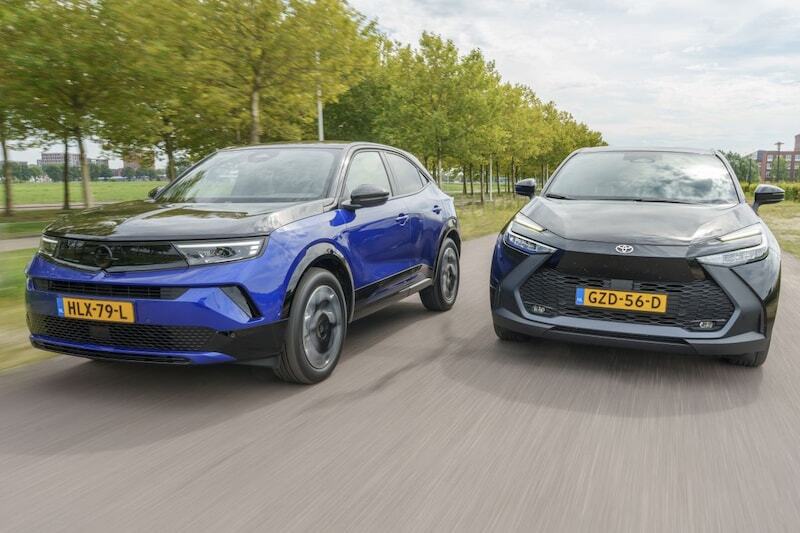
…but also in the wallet
When we think of SUVs and crossovers, we often think of space, but with the Opel Mokka and Toyota C-HR, the (grand)children better not be too tall. Fortunately, these two have other qualities with hybrid technology on board.
Forgive us that quip about the age of the buyers above, but it remains striking how often cars intended to be hip end up with an older target group. Exactly those high-legged models, presented as youthful, daring and ultramodern, often end up with a group we would characterize as the opposite. The first Toyota C-HR is a classic example of this, as is the Nissan Juke. However, there is a slight shift in this area, as small crossovers are indeed increasingly chosen by young people, often through leasing. They too are attracted by the high seating position and overview, especially when combined with an appealing appearance.
The Opel Mokka certainly meets that description. The second generation of the Mokka has existed since 2018 and in its first years stood alongside the Crossland in the price list as the tighter but hipper alternative. That Crossland has since disappeared, but the Mokka still fulfills that role alongside the new, cheaper and very pragmatic Frontera. The Mokka recently received a small facelift and is entering the fray with new colors, new light units and a renewed interior against increasingly more alternatives. The Hybrid version of the Mokka is also quite new, but was notably presented just before the facelift. The Hybrid replaces the ‘old’ petrol version with an automatic transmission and forms a nice bridge between the manual petrol version and the fully electric Mokka. A broad offering, and that is much needed now that competitors for the Mokka are available almost everywhere.
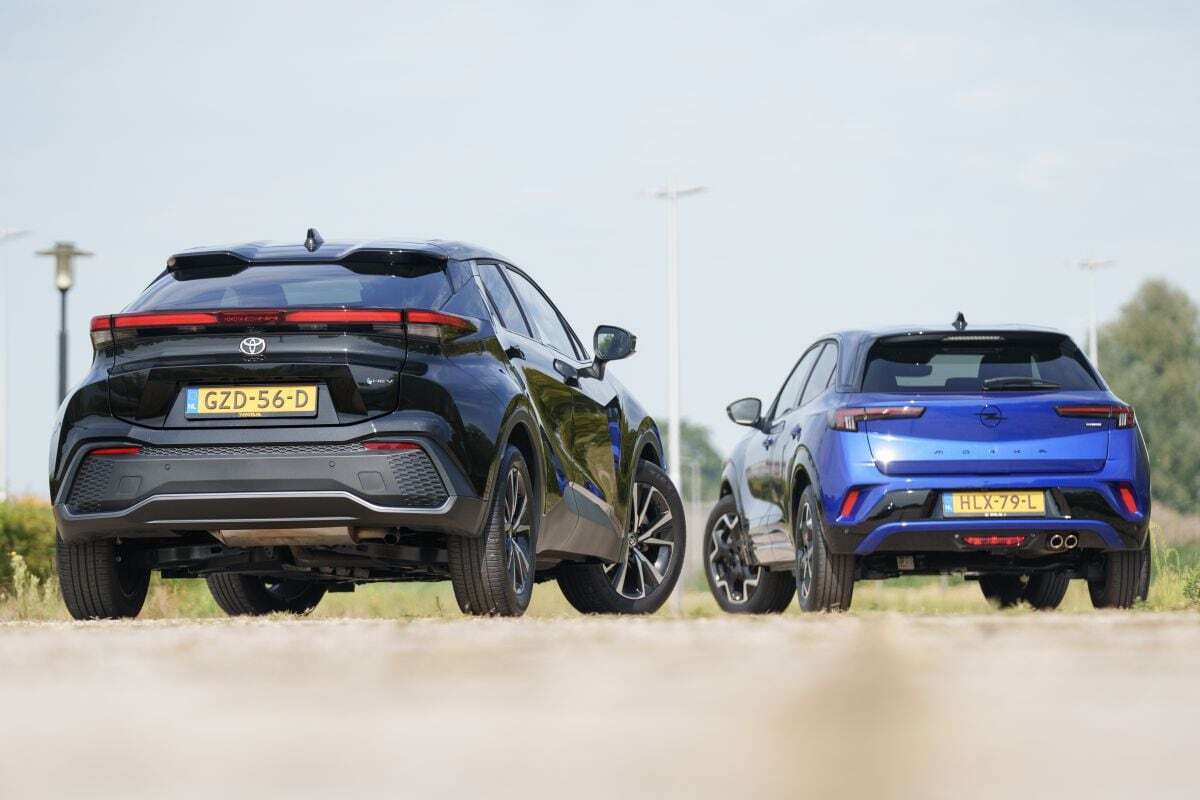
Now that the Mokka is also available as a ‘hybrid’, the Toyota C-HR fits in more than ever. The second generation of the C-HR has only existed since 2023 and is therefore still quite fresh, but follows in the footsteps of its predecessor in almost every way. The headstrong C-HR has always been a difficult model to place and operates somewhere between the compact class and the compact mid-size class. So it is larger and also more expensive than the Mokka, but with the models on these pages, the difference is almost negligible. Both are around 40 thousand, and while at Toyota you get a modest but well-equipped model, for this amount you can drive away in a fully loaded Mokka with almost all options at Opel. Does that make it a better idea, or is the Toyota really (half) a class better?
Economical
‘Hybrid’ at Opel by the way means what it means at all Stellantis brands, and that is something that is halfway between mild-hybrid and full-hybrid. These terms are even used interchangeably by the brands themselves for what is perhaps the most widely applied powertrain in the European car landscape. That’s no joke: there are now about twenty different models with exactly this powertrain. It is a combination of a 1.2-liter three-cylinder, a turbo, an electric motor and a six-speed automatic transmission with dual clutch and delivers 145 hp, a value that fits well with both compact and larger models. The Mokka certainly has enough of it, with the smoothness of the engine and the speed of the gearbox supporting each other. The three-cylinder makes itself heard, but doesn’t sound unpleasant and is also economical, although the Toyota still wins that battle.
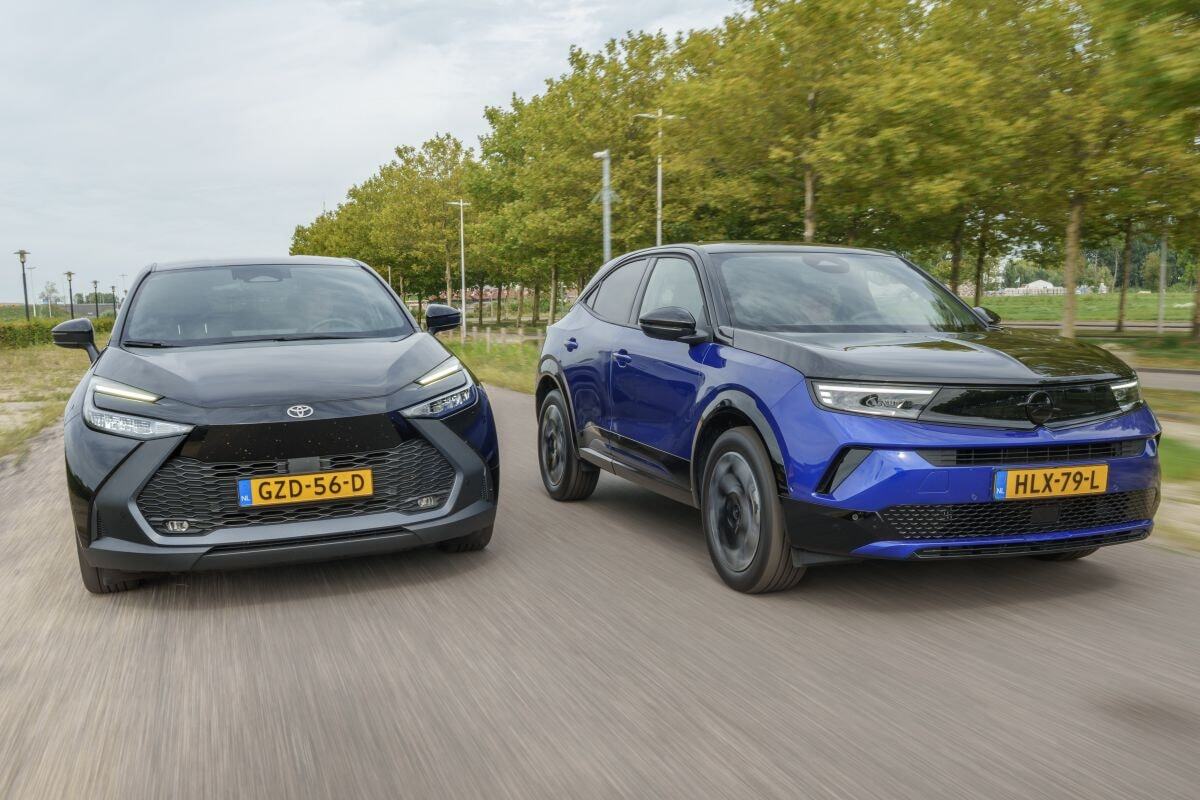
Toyota is also the master of full hybrids and only offers the C-HR as a hybrid or plug-in hybrid. Today we are obviously talking about the non-plug-in variant, which at 140 hp fits perfectly with the Opel. The 1.8-liter four-cylinder is connected here with a continuously variable transmission to electric motors and the front wheels, in a way we have known since Toyota’s first Prius. The system has of course been refined over the years and is famous for both its economy and its reliability, an impressive achievement. Thanks to the continuously variable transmission, acceleration is completely shock-free, although the engine is clearly audible when you demand a lot from it. The Toyota therefore feels a bit more strained than the Opel, which is simply faster but above all seems to have more fun accelerating. Nevertheless, the C-HR as a total package does drive better than the Mokka, but that is mainly in the steering and chassis. With its multilink rear suspension, it is refined and sophisticated and makes the Toyota dynamic, while also being comfortable and above all feeling very mature. The Mokka also drives just fine and has a distinctively comfortable character, but is less refined, less sharp and less quiet than its rival. So here there is indeed some class difference. The steering of the Mokka is very light and somewhat less sensitive than that of the Toyota.
Claustrophobia
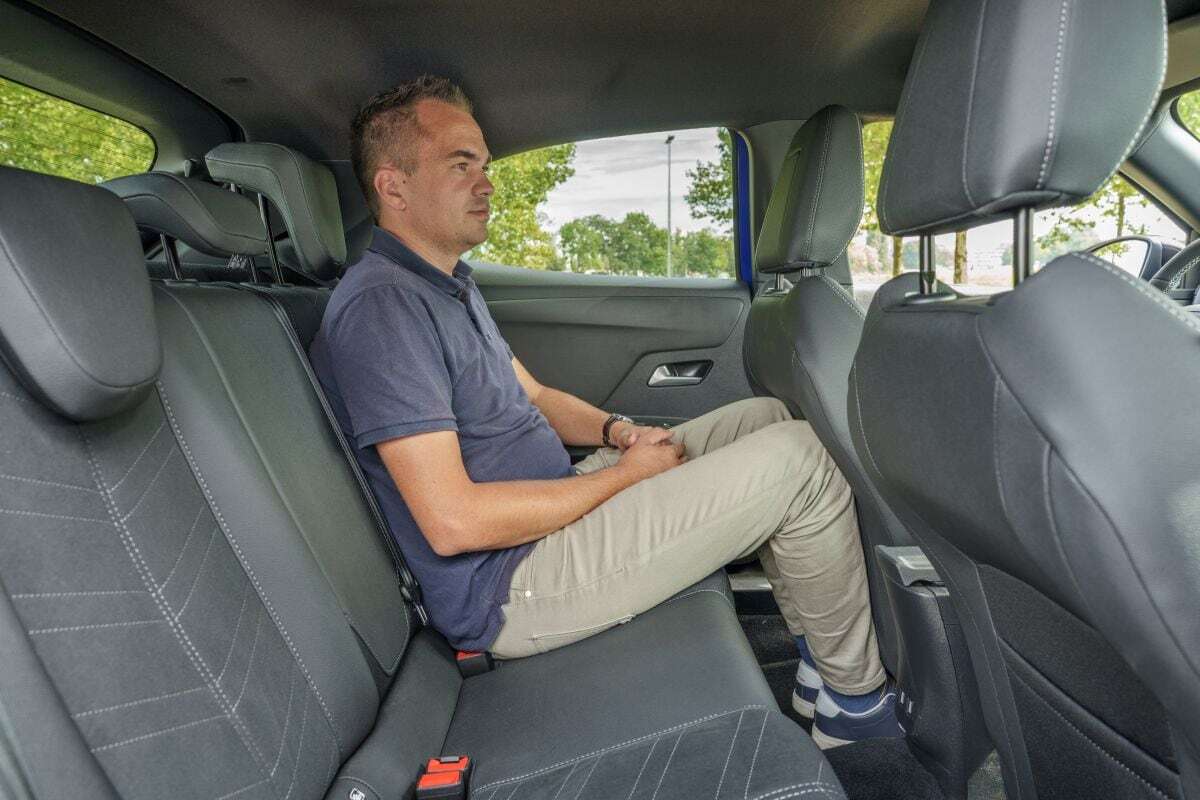
What these cars have in common is that it is very cramped in the back. In particular, the legroom is very substandard in both cases, while small windows and black headliners don’t help for those who suffer from claustrophobia. This is even stronger in the Toyota than in the Opel and means that small children may not even be able to look outside at all. Moreover, Toyota is very skimpy with features. For example, the C-HR doesn’t even have storage compartments on the backrests of the front seats and there is only one USB port. In the Opel, it’s not much better in this regard, but a bit better. A bit more light comes in here and we even find some compartments and an extra USB port. Behind the rear seat, the Opel offers 350 liters of luggage space, which is somewhat less than the 388 liters of the Toyota.
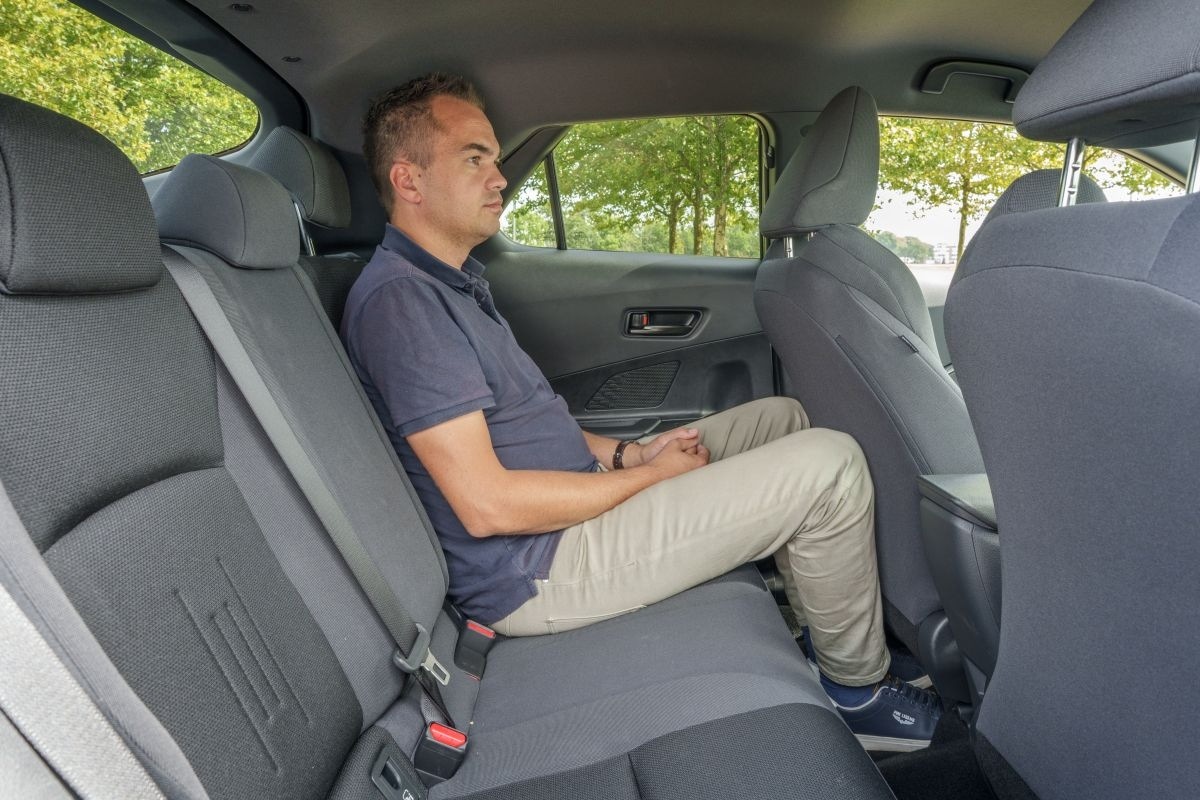
In the front, the C-HR scores more points. More beautiful materials are used here than in the back and the Toyota does justice to its quality image. The dashboard is tastefully designed, but not as forcedly fun as in the outgoing model, and everything feels and looks very high-quality. Ergonomically, it has also been well thought out and the operation of the C-HR raises few questions, although it is a pity that you have to fiddle in the cluster to turn off the speed warning beep and the screen in our modest Dynamic version is on the small side. The infotainment system is simple, but partly because of that, it is clear and also pleasantly fast.
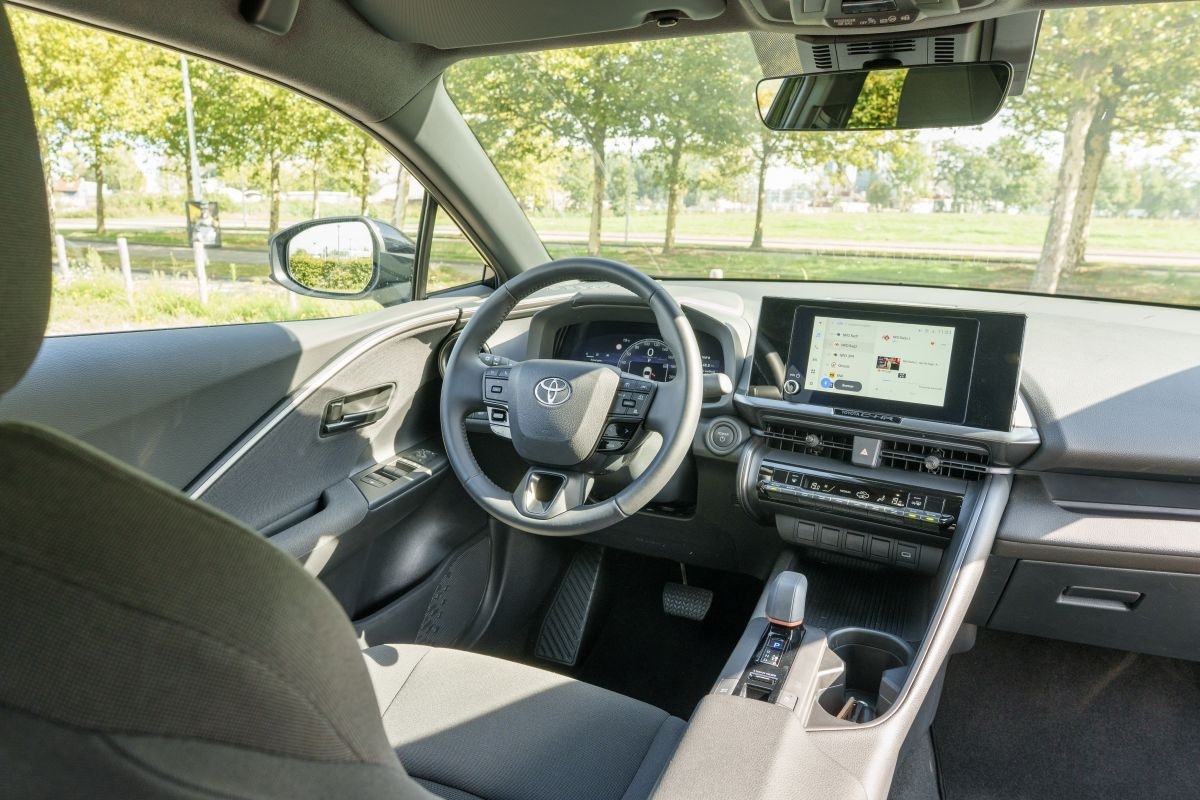
In the Opel, the build quality is clearly lower, although that says more about its opponent than about the car itself. The Mokka dashboard is a bit tighter and less deep and with the facelift, among other things, got a new steering wheel and different materials. There are also fewer buttons than before. So some more functions have been moved to the screen, although we don’t experience that as a major disadvantage. Fortunately, there is still a physical cluster for the climate control and the screen itself works fine, although the system is on the slow side. The seating position is fine and if desired, much lower than in the Toyota, although in the Opel we are bothered by the somewhat limited legroom. Because of this, taller people quickly have their knees against the dashboard, not so pleasant. In the Toyota, we sit a bit high, but it is more spacious in the front.
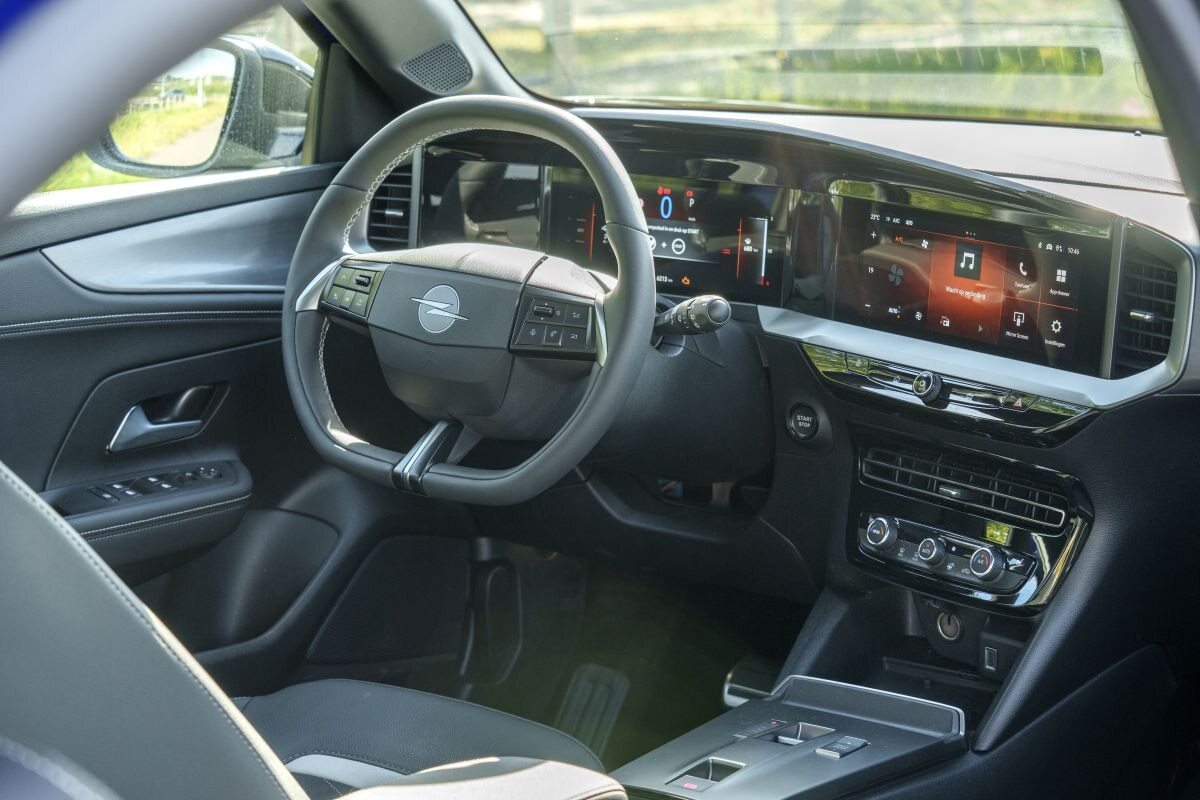
Annoying
Toyota prides itself on the fact that many safety systems are standard ‘across the board’, so also in the C-HR. Adaptive cruise control, active lane assist and many other driving aids are therefore standard, and that is commendable. However, it is a pity that certain systems are set a bit too active, and the car, for example, often unnecessarily ‘nags’ for a break for the driver. Annoying. The Opel does not have all those systems as standard, but as mentioned, it is a lot cheaper in the base. That makes a difference of about €4,000 initially, but increases even further as you choose more luxury. ‘Full option’ will cost you about €40,000 for the Mokka. The Toyota then comes out at around 47 thousand, so for a level playing field, you will have to settle for less, although the good news is that a relatively modest C-HR Dynamic – the second equipment level – is no punishment. For luxury such as seat heating, you have to save up, but climate control, all the mentioned safety systems and keyless entry are included for the price of a luxury Mokka.